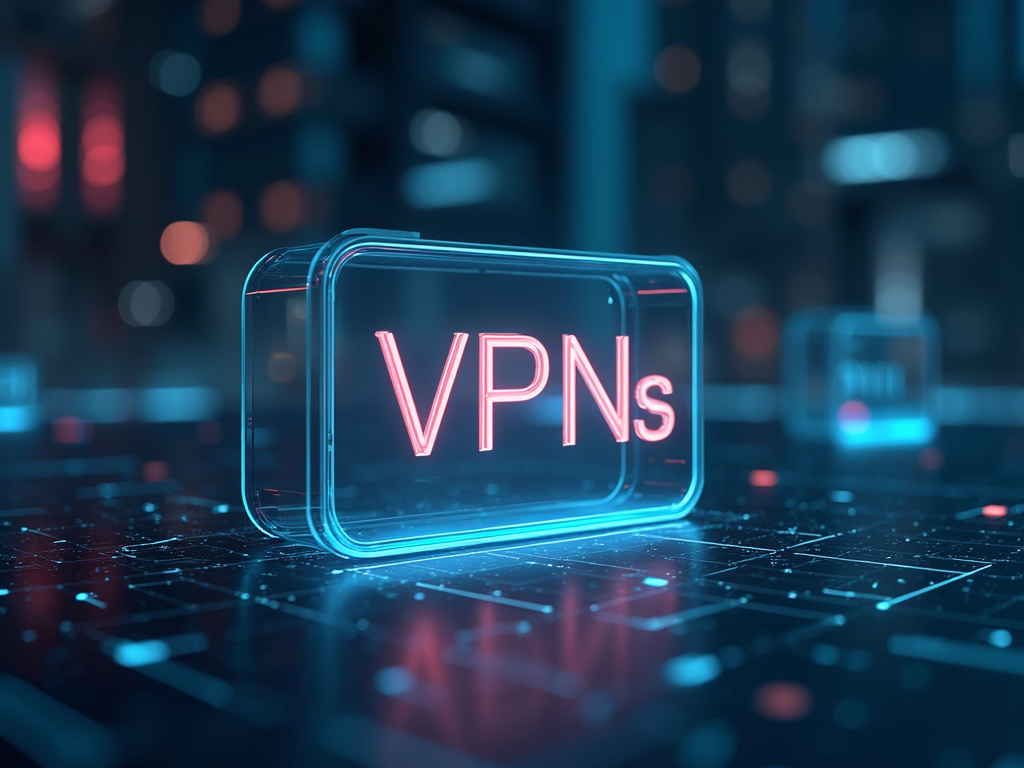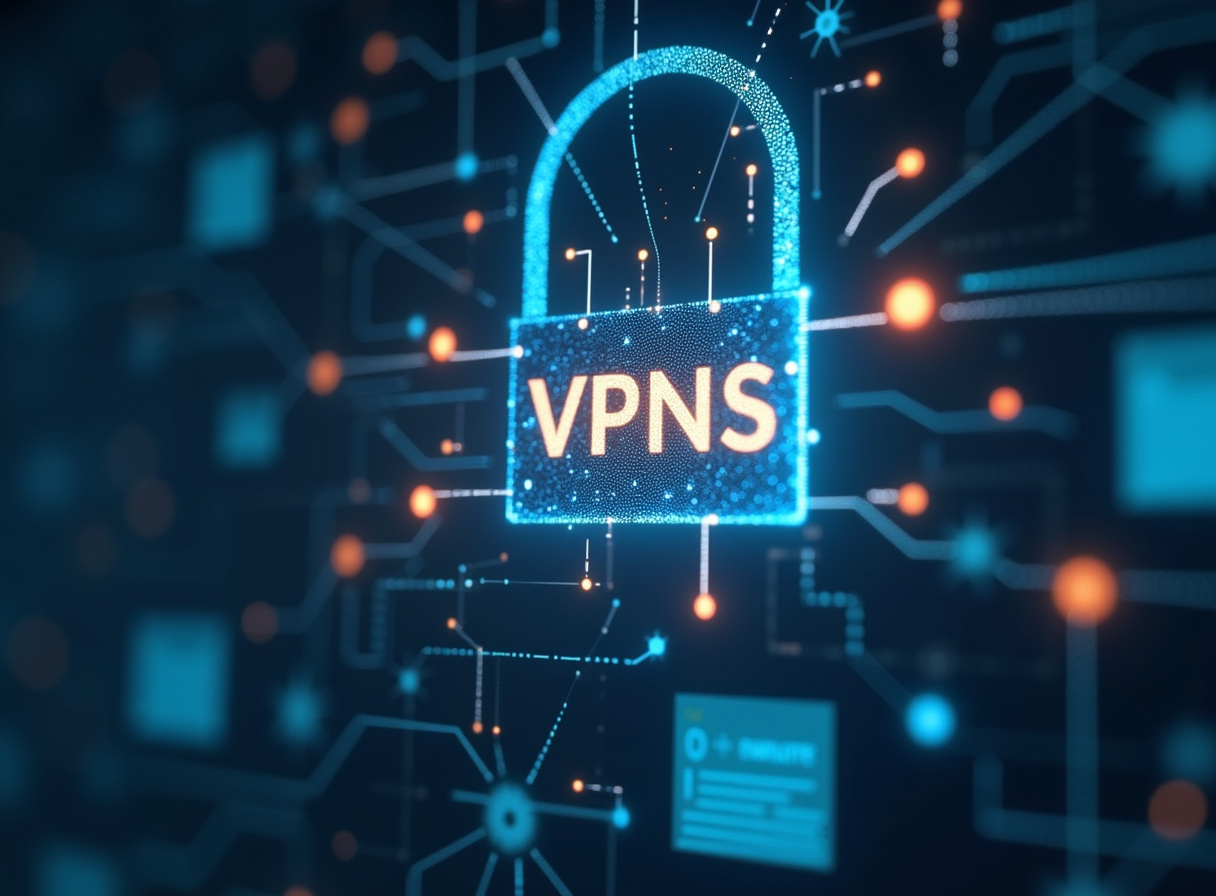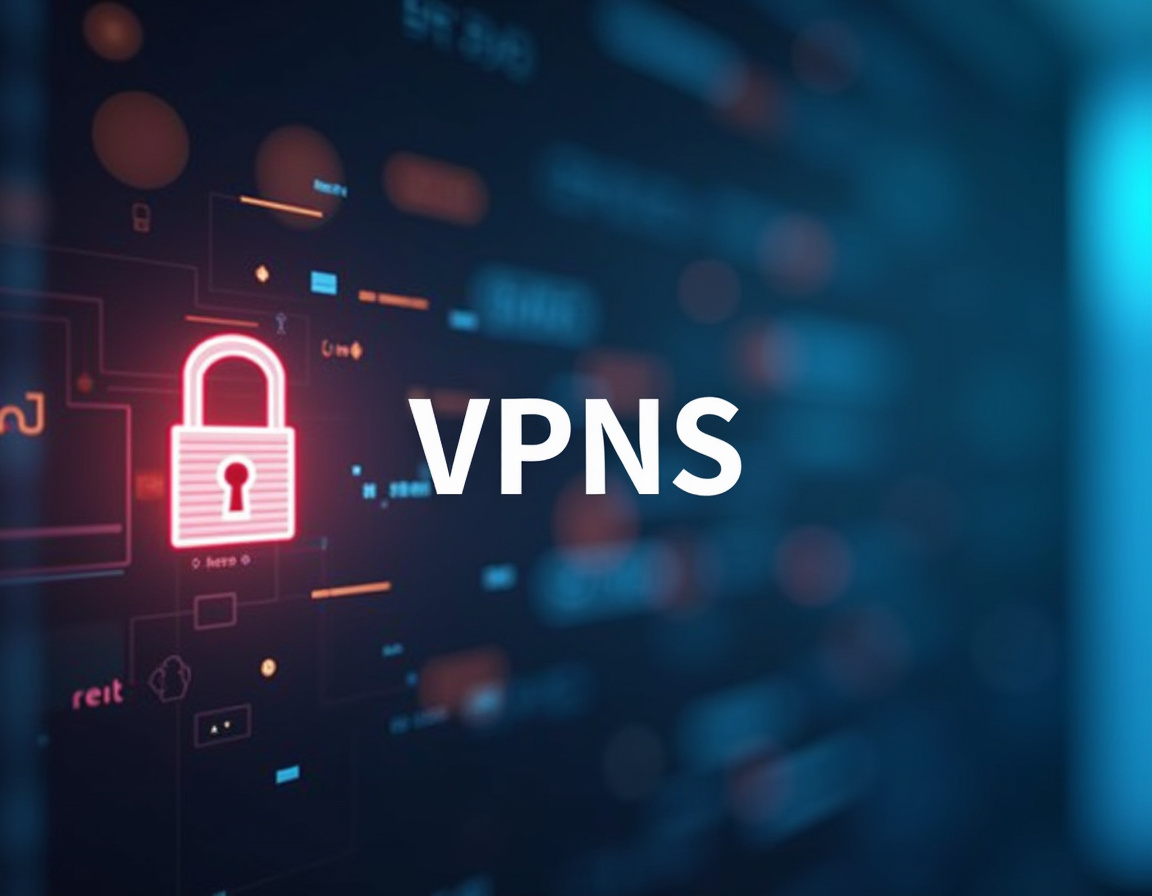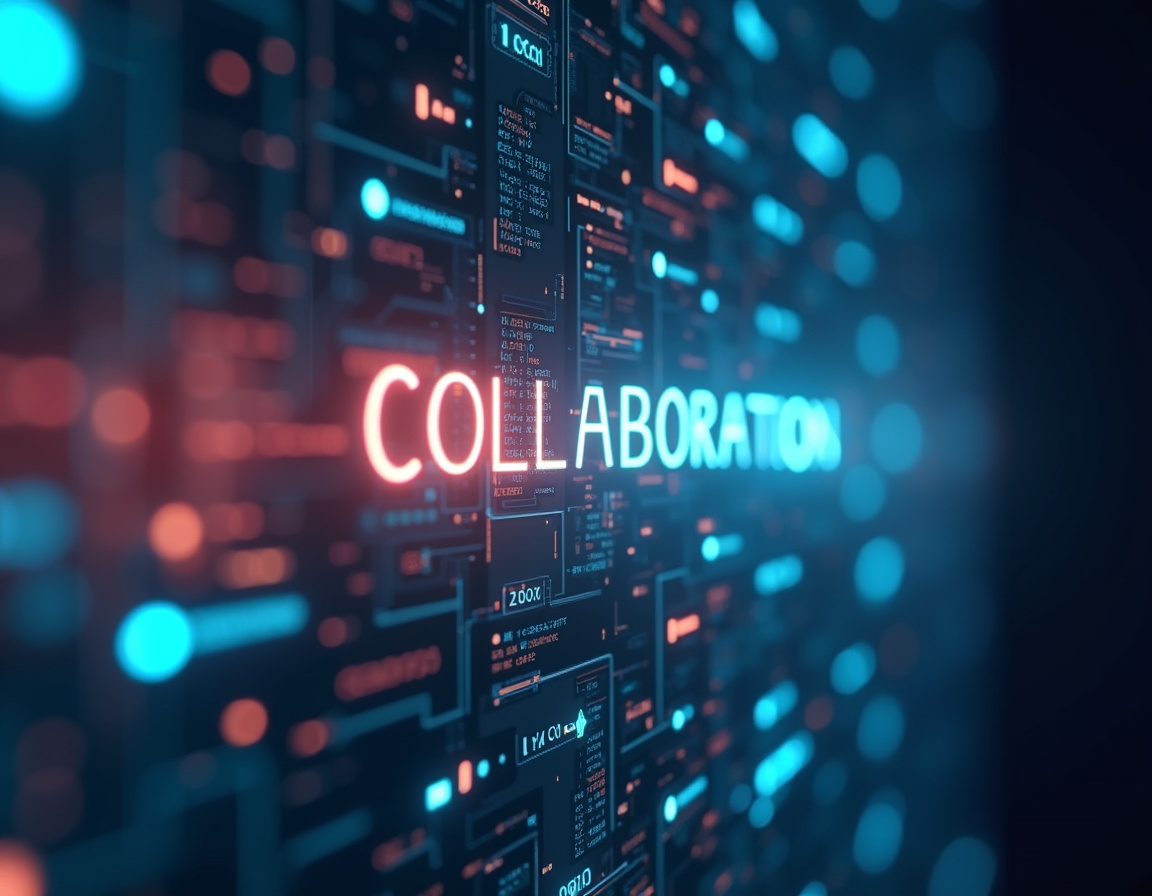VPNs for Virtual Reality Development: Safeguarding Project Data
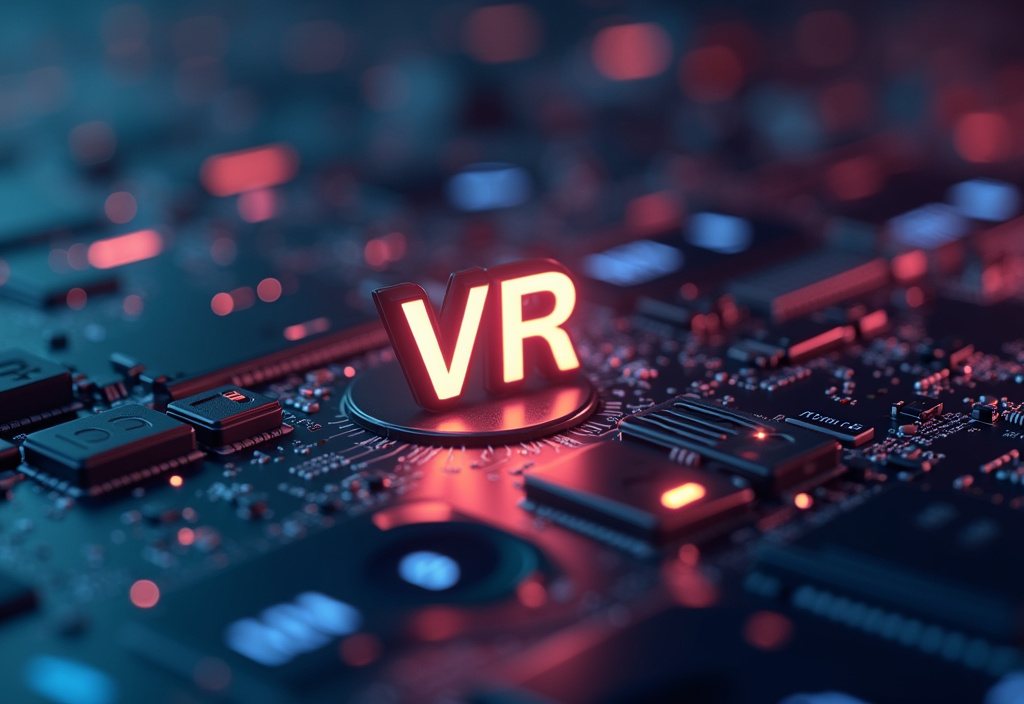
Table of Contents
Introduction: The Imperative of Security in VR Development
The burgeoning field of virtual reality (VR) development, with its intricate blend of creativity, technical prowess, and vast digital assets, presents unique challenges when it comes to data security. In an industry where innovation is paramount and collaboration often spans geographical boundaries, the need for robust protection of intellectual property and sensitive project information cannot be overstated. This is where Virtual Private Networks (VPNs) emerge as indispensable tools for VR developers, providing a secure and encrypted conduit for accessing resources, sharing data, and collaborating on projects, thereby safeguarding developer asset protection and ensuring project data security within the virtual realm.
The potential financial and reputational damage resulting from data breaches or intellectual property theft can be catastrophic for VR development studios. In this comprehensive guide, we will delve into the critical role of VPNs in securing VR development projects, exploring how these tools can protect developer assets, enhance collaboration security, and mitigate the risks associated with data loss or compromise. We'll examine the key features and considerations for selecting a VPN tailored to the unique needs of VR development, providing practical insights and best practices to ensure the confidentiality, integrity, and availability of sensitive project data.
The inherent nature of VR development, involving the creation of immersive environments, complex models, and interactive experiences, necessitates a collaborative approach. Developers, artists, designers, and programmers often work together from different locations, sharing files, code, and other assets over the internet. This collaborative workflow, while beneficial for project efficiency and talent acquisition, introduces vulnerabilities to data security.
Unsecured connections, such as public Wi-Fi networks in coffee shops or co-working spaces, can expose sensitive project data to interception by malicious actors. Imagine a scenario where a developer is working on a groundbreaking VR experience at a local café, unknowingly transmitting unencrypted project files over a compromised network. A cybercriminal could easily intercept this data, gaining access to valuable intellectual property, trade secrets, or even customer data.
Furthermore, the transmission of data over unencrypted channels leaves it susceptible to eavesdropping and tampering, potentially compromising the integrity and confidentiality of the VR project. This can lead to corrupted files, security breaches, or even legal liabilities, depending on the nature of the compromised data. A virtual reality VPN addresses these security vulnerabilities by creating a secure, encrypted tunnel between the developer's device and a remote server.
All data transmitted through this tunnel is encrypted, using advanced cryptographic algorithms that make it unreadable to anyone who intercepts it. This ensures that sensitive project data, including source code, 3D models, textures, audio files, and design documents, remains protected from unauthorized access. Even if a malicious actor manages to intercept the data stream, they will only encounter unintelligible ciphertext, rendering the information useless without the decryption key.
Moreover, a VPN can mask the developer's real IP address, replacing it with the IP address of the VPN server. This makes it more difficult for attackers to track their online activity and identify their location. This added layer of anonymity enhances the developer's privacy and reduces the risk of targeted attacks, such as denial-of-service attacks or location-based exploits.
Effective collaboration is crucial for successful VR development. A VPN provides a secure platform for teams to share files, communicate, and work together on projects, regardless of their geographical location; therefore collaboration can be boosted with a better and safer infrastructure. By encrypting all data transmitted, a VPN ensures that sensitive project information remains confidential and protected from unauthorized access.
Imagine a team of VR developers spread across different continents, collaborating on a complex simulation project. Without a VPN, the exchange of sensitive data, such as proprietary algorithms or customer data, would be vulnerable to interception by malicious actors in transit countries. Centralized repositories can be securely accessed, while limiting the vulnerabilities that could arise in a shared location.
Furthermore, a VPN can provide secure access to project management tools and communication platforms, fostering a collaborative and productive environment. Secure access to version control systems such as Git is enabled ensuring the provenance of software and models. In addition to securing data in transit, VPNs can also protect against other security threats, such as malware and phishing attacks.
Some VPNs include built-in security features, such as malware scanners and ad blockers, which can help to prevent malicious software from infecting the developer's device. This is particularly important in the VR development world, where developers often download and test various third-party assets and tools. A VPN can act as a first line of defense against malicious software, preventing it from compromising the developer's system or stealing sensitive project data.
VPNS, therefore, play a critical role in upholding project data security.
Enhancing Project Data Protection with VPNs
The selection of an appropriate VPN for VR development hinges on several key factors that directly impact both security and performance. Firstly, the VPN should offer strong encryption protocols, such as AES-256, to ensure that all data transmitted is effectively protected from unauthorized access. AES-256 is widely regarded as one of the most secure encryption algorithms available, employing a 256-bit key to scramble data into an unreadable format.
This level of encryption makes it virtually impossible for attackers to decipher the data, even with significant computing power. Secondly, the VPN's server infrastructure should be geographically diverse, allowing developers to connect to servers located in different regions, optimizing performance and circumventing geo-restrictions. This is especially crucial for accessing VR development tools or resources that may be restricted to specific geographical locations.
Imagine a developer working on a project that requires assets available only in a European marketplace. A VPN with servers in Europe would allow them to seamlessly access these resources without facing geo-restrictions. Furthermore, a geographically diverse server network can improve performance by allowing developers to connect to servers that are closer to their physical location, reducing latency and improving connection speeds.
Thirdly, the virtual reality VPN should have a strict no-logs policy, meaning that it does not collect or store any user data, including browsing history, IP addresses, or connection timestamps. This ensures that the developer's online activity remains private and confidential. A no-logs policy is a critical feature for developers who value their privacy and want to avoid the risk of their data being accessed by third parties, such as government agencies or marketing companies.
Furthermore, the VPN should offer fast and reliable connection speeds to avoid latency issues that can hinder VR development tasks, such as real-time collaboration and remote rendering. Latency is a major concern for VR developers as it dramatically affects user experience and efficient iteration. A VPN that significantly impacts network latency can dramatically affect a collaborative VR developer environment and should be carefully considered before adopting it.
Speed Tests should be conducted periodically to assure the VPN is performing as required, and the servers being used are providing an optimal high-speed throughput. Additionally, the VPN should provide user-friendly software and applications for various operating systems and devices, making it easy for developers to connect to the VPN and manage their settings. The user experience and convenience of the VPN software are important factors, as they can impact the developer's workflow and productivity.
A clunky or difficult-to-use VPN application can be frustrating and time-consuming, potentially hindering the developer's ability to focus on their work. One essential feature to evaluate for collaboration is split tunneling. Split tunneling enables developers to route only specific traffic through the VPN tunnel, while allowing other traffic to bypass it.
This is particularly useful for VR development, where certain tasks, such as accessing local network resources or streaming media, may not require VPN protection and can benefit from a direct connection. By selectively routing traffic through the VPN, developers can optimize performance and reduce latency without compromising security. For example, a developer could use split tunneling to route their VR development traffic through the VPN while allowing their streaming media traffic to bypass it, ensuring that their VR project data is protected without impacting their streaming performance.
Evaluating a VPN's suitability for VR development also involves considering its support for different VPN protocols, such as OpenVPN, IKEv2, and WireGuard. OpenVPN is a widely used and highly secure protocol that offers a good balance of security and performance. IKEv2 is a modern protocol that is known for its fast connection speeds and stability, making it suitable for mobile devices.
WireGuard is a relatively new protocol that is designed to be lightweight and efficient, offering excellent performance and security. In addition to security and performance, VR developers must, therefore, safeguard their assets by securing licenses, preventing data breaches, enforcing terms of service with end users, and restricting access to work in progress to authorized team members. Another crucial aspect to consider is the VPN's customer support.
A reliable VPN provider should offer responsive and helpful customer support through various channels, such as email, live chat, or phone. This ensures that developers can quickly resolve any issues or questions they may have regarding the VPN service. Imagine a developer encountering technical difficulties while setting up their VPN connection.
Responsive customer support could guide them through the troubleshooting process, resolving the issue quickly and minimizing downtime. Testing the responsiveness and helpfulness of a vendor's customer support organization should be considered before making an investment. All these features including encryption protocol support and excellent customer service enhance collaboration for VPN for VR.
Developer asset protection is critical to securing VR and safeguarding project data, encompassing a range of measures to ensure that valuable intellectual property remains safe from theft, unauthorized use, or accidental loss. In the context of VR development, developer assets include not only the final product but also a vast array of intermediate files, source code, 3D models, textures, audio files, design documents, and proprietary algorithms. The loss or compromise of any of these assets can have significant financial and reputational consequences for a VR development studio.
VPNs contribute significantly by creating a secure and encrypted environment for storing, accessing, and sharing project data and protecting developer assets. By encrypting all data transmitted through the VPN tunnel, the risk of data interception and theft is significantly reduced. This is especially important when developers are working remotely or collaborating with team members in different locations.
Furthermore, VPNs can provide secure access to cloud storage services, allowing developers to securely store their assets in the cloud without fear of unauthorized access. Cloud storage offers numerous benefits for VR development, including scalability, accessibility, and cost-effectiveness. However, it also introduces security risks, as data stored in the cloud is vulnerable to unauthorized access by hackers or malicious insiders.
A VPN can mitigate these risks by encrypting all data transmitted to and from the cloud, ensuring that only authorized users can access it; furthermore, a VPN enhances the security of the cloud storage by obscuring the location of the devices that connect to it. In addition to encryption, VPNs can also help to protect against other security threats, such as malware and ransomware attacks. Some VPNs include built-in security features, such as malware scanners and ad blockers, which can help to prevent malicious software from infecting the developer's device.
This is particularly important in the VR development world, where developers often download and test various third-party assets and tools. A VPN can act as a first line of defense against malicious software, preventing it from compromising the developer's system or stealing sensitive project data. Ransomware attacks pose a significant threat to VR development studios, as they can encrypt critical project files and demand a ransom for their release.
A VPN can help to prevent ransomware attacks by blocking malicious websites and preventing the download of infected files. Beyond technical measures, protecting developer assets also involves implementing strong access control policies and procedures. This includes limiting access to sensitive project data to authorized personnel, using strong passwords and multi-factor authentication, and regularly auditing access logs.
A VPN can enhance access control by providing a secure and encrypted connection for authorized users to access project data, while also preventing unauthorized users from gaining access. Developer asset protection also involves taking steps to prevent accidental data loss. This includes regularly backing up project data to a secure location, implementing version control systems to track changes to project files, and providing training to developers on data security best practices.
A VPN can facilitate secure data backups by providing an encrypted connection to remote backup servers or cloud storage services. Version control systems like Git are essential for collaborative VR projects, allowing developers to track changes, revert to previous versions, and merge contributions from multiple team members. A VPN ensures that the code repositories as well the process with commit messages, remain secure and protected from tampering.
Finally, developer asset protection involves carefully managing intellectual property rights. This includes registering copyrights and trademarks, using license agreements to protect proprietary software and assets, and actively monitoring for copyright infringement. A VR development studio should consult with legal counsel to ensure that its intellectual property rights are properly protected.
VPNs are essential for preventing intellectual property theft and enabling legitimate remote and worldwide collaborative use. VPNs offer benefits such as obscuring developer locations that can be used to strengthen IP protection. A multifaceted approach to IP protection is required within any significant VR development endeavor.
With attention to detail, this approach, and security tools for project collaboration, a VPN is a pivotal tool within project's tool stack. In conclusion, developer asset protection is a critical aspect of securing VR development projects. By implementing a combination of technical measures, access control policies, data loss prevention strategies, and intellectual property management practices, VR development studios can safeguard their valuable assets and ensure the long-term success of their projects.
A virtual reality VPNs play a central role in creating a secure environment for VR development, protecting developer assets, and facilitating secure collaboration.
VPN Protocols and Multi-Factor Authentication for Robust Security
Collaboration within VR development teams is paramount, often involving individuals with diverse skill sets working remotely across geographical boundaries. This collaborative ecosystem relies heavily on the seamless and secure exchange of information, assets, and code. However, the inherent vulnerabilities associated with remote collaboration, such as insecure networks and potential data breaches, necessitate robust security measures.
VPNs play a crucial role in enhancing collaboration security by providing a secure and encrypted channel for team members to communicate, share files, and access project resources. When evaluating a VPN for collaborative VR development, several key considerations come into play. Firstly, the VPN should offer sufficient bandwidth and low latency to support real-time collaboration tools, such as video conferencing, screen sharing, and collaborative coding platforms.
VR development often involves intensive data transfer and real-time interactions, requiring a stable and high-speed connection. A VPN that introduces significant latency can disrupt the collaborative workflow and hinder productivity. Therefore, it's essential to choose a VPN with a robust server infrastructure and optimized network performance.
Secondly, the VPN should support simultaneous connections from multiple devices, allowing all team members to connect to the VPN simultaneously without performance degradation. The number of simultaneous connections required will depend on the size of the development team and the number of devices each team member uses. It's important to choose a VPN plan that accommodates the team's needs without imposing limitations on connectivity.
Thirdly, the VPN should offer granular access control features, allowing administrators to define specific permissions for each team member. This ensures that only authorized personnel can access sensitive project data and resources. Granular access control can be implemented through user accounts, group memberships, or role-based access control (RBAC).
For example, a system can apply permissions to design documents exclusively to designers, or allow only senior coders to have access to core modules. With role-based access, individual developers can work on components assigned to them without the risk of impacting or accessing other components inappropriately. In addition to technical considerations, effective collaboration security also requires establishing clear policies and procedures for data sharing and communication.
This includes defining acceptable use policies for VPN access, implementing data encryption protocols for sensitive files, and providing training to team members on security best practices. A well-defined security policy should outline the responsibilities of each team member, the procedures for reporting security incidents, and the consequences of violating the security policy. Furthermore, it's important to use secure communication channels for sensitive discussions and data exchange.
This includes avoiding unencrypted email or messaging platforms and using instead secure alternatives that offer end-to-end encryption. Secure communication channels can help to prevent eavesdropping and protect sensitive information from unauthorized access. Services such as Signal or Mattermost, when coupled with the use of a VPN offer better protection from the type of data breaches that can occur from common work communications platforms.
Another important aspect of collaboration security is regular security audits and vulnerability assessments. This helps to identify potential weaknesses in the security infrastructure and take corrective action before they can be exploited by malicious actors. Security audits should be conducted by independent security experts who can provide an unbiased assessment of the security posture of the VR development team.
Moreover, a secure VPN provider should adhere to industry best practices such as SOC2 compliance. Choosing providers under compliance offer assurances that they are adhering to known best practices for security and internal process controls. This ensures the provider protects their infrastructure as well as yours from intrusions.
The appropriate use of collaboration tools and a security audit can facilitate identifying these breaches and vulnerabilities. By implementing these security measures and best practices, VR development teams can minimize the risks associated with remote collaboration and ensure that their project data remains secure and confidential. A VPN is an essential tool for enhancing collaboration security, but it's just one component of a comprehensive security strategy.
A multi-layered approach to security, combining technical measures, policy enforcement
The Future of VPNs: AI-Powered Security and Integrated Solutions
In conclusion, the integration of a virtual reality VPN into the VR development workflow is no longer a luxury but a necessity. The inherent complexities of VR projects, coupled with the increasing sophistication of cyber threats, demand a proactive and robust approach to security. By prioritizing project data security, developer asset protection, and secure collaboration, VR development studios can safeguard their valuable intellectual property, maintain the confidentiality of sensitive information, and ensure the long-term success of their ventures.
The selection of the right virtual reality VPN is a critical decision that should be based on a thorough evaluation of the VPN's security features, performance capabilities, and user-friendliness. Strong encryption protocols, a geographically diverse server network, a strict no-logs policy, and fast connection speeds are essential considerations. Furthermore, features such as split tunneling and granular access control can enhance flexibility and security for collaborative VR development environments.
Beyond the technical aspects of VPN implementation, it's crucial to foster a culture of security awareness within the VR development team. This includes providing regular training on security best practices, establishing clear policies and procedures for data handling, and promoting a vigilant approach to identifying and reporting potential security threats. A culture of security awareness empowers team members to become active participants in protecting project data and mitigating risks.
This should be supported throughout the VR development teams, as well as by stakeholders and executive leadership to promote buy-in and adoption of secure practices. The future of VR development is inextricably linked to the security of its underlying data and assets. As VR technology continues to evolve and revolutionize various industries, the need for robust security measures will only become more critical.
VPNs, alongside other security tools and best practices, will play an increasingly important role in ensuring the continued growth and success of the VR industry. Regular reviews of security practices, and the VR VPN being used, will be important to protect assets and collaborative use of VR projects. Continuous monitoring of threats for data security and developer asset protection will be a continuous necessity.
The convergence of VR with other emerging technologies, such as artificial intelligence (AI) and blockchain, presents both opportunities and challenges for data security. AI can be used to enhance threat detection and response, while blockchain can provide a secure and transparent platform for managing digital assets and intellectual property rights. However, these technologies also introduce new attack vectors and vulnerabilities that must be carefully addressed.
VPNs can play a crucial role in securing the integration of VR with these emerging technologies, providing a secure and encrypted channel for data exchange and protecting against unauthorized access. One crucial aspect for many using VR currently and in the future, is the distribution method. As developers begin to offer decentralized solutions and experiences, developers need to prepare to understand what the new attack surfaces look like, as well as how to use the tools in this article to better protect themselves.
In conclusion, securing VR development with a robust VPN solution is not just about protecting data; it's about fostering innovation, enabling collaboration, and ensuring the long-term viability of the VR industry. By making security a top priority, VR development studios can unlock the full potential of this transformative technology and create immersive experiences that are both engaging and secure. VPN for VR and proper implementation are essential pillars of that security.
VR development organizations should continuously monitor the threat landscape, evaluate the effectiveness of their security measures, and adapt their strategies to stay ahead of emerging threats and vulnerabilities. The future of VR depends on it.
Stay Updated
Get the latest VPN news, tips, and exclusive deals to your inbox.
